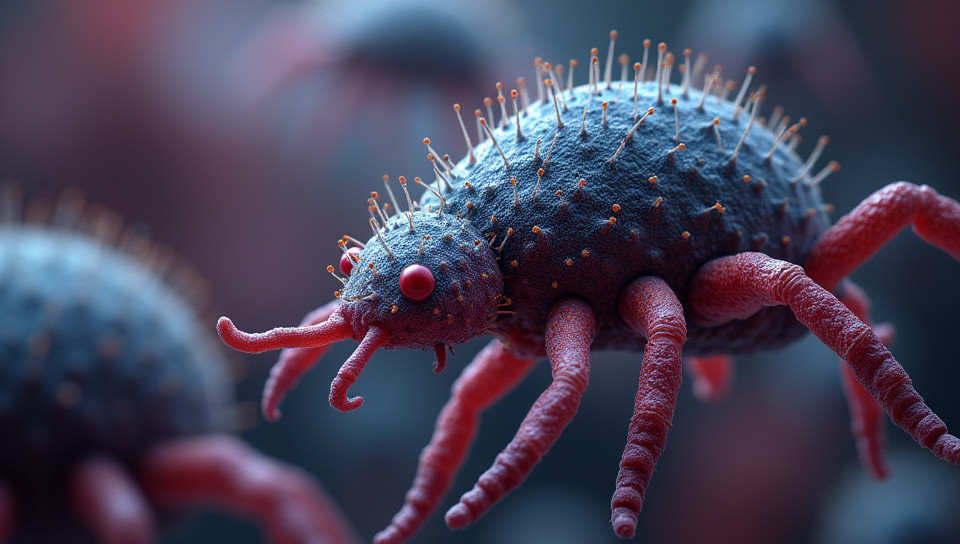Bacteria have mechanisms against predators 47%

The Secret Defenses of Bacteria: How They Fight Off Predators
In the vast and mysterious world of microorganisms, bacteria are often seen as simple, single-celled organisms that thrive in every environment on Earth. However, beneath their seemingly innocent exterior lies a complex arsenal of defense mechanisms that allow them to fight off predators and survive in even the most hostile environments.
A World of Predators
From viruses to protists, to other bacteria themselves, predators are everywhere in the microbial world. These microscopic threats can destroy bacterial cells, steal their resources, or even integrate their genetic material into their own genome. To combat these dangers, bacteria have evolved a range of defense strategies that are as fascinating as they are effective.
Biochemical Defenses
Bacteria employ various biochemical mechanisms to defend themselves against predators. For example:
- They can produce toxins and antimicrobial compounds to kill or inhibit the growth of potential predators.
- Some bacteria can modify their cell walls to make them less susceptible to viral attacks.
- Others have developed enzymes that degrade specific bacterial toxins, rendering them harmless.
Cellular Defenses
In addition to biochemical defenses, bacteria also employ cellular mechanisms to evade predation. These include:
Cell Wall Modifications
Bacteria can alter the composition and structure of their cell walls to prevent predators from adhering to or penetrating them.
Motility and Swarming
Some bacteria are able to move rapidly through their environment, making it difficult for predators to catch them. Others have developed swarming behavior, allowing them to disperse quickly and avoid being consumed.
Immune Evasion
Bacteria have also evolved strategies to evade the host immune system, which often represents a significant threat to their survival. By producing various molecules that suppress or confuse the host's immune response, bacteria can ensure their own survival even in the face of intense attack.
Conclusion
The ability of bacteria to defend themselves against predators is a testament to the incredible adaptability and resilience of these microorganisms. As we continue to explore the complex world of microbiology, it becomes increasingly clear that the strategies employed by bacteria are not only fascinating but also highly relevant to human health and disease. By studying these defense mechanisms, scientists may uncover new insights into the prevention and treatment of bacterial infections, ultimately improving our understanding of this intricate ecosystem and its many secrets.
- Created by: Henry Richardson
- Created at: Oct. 19, 2024, 5:43 p.m.
- ID: 13615









